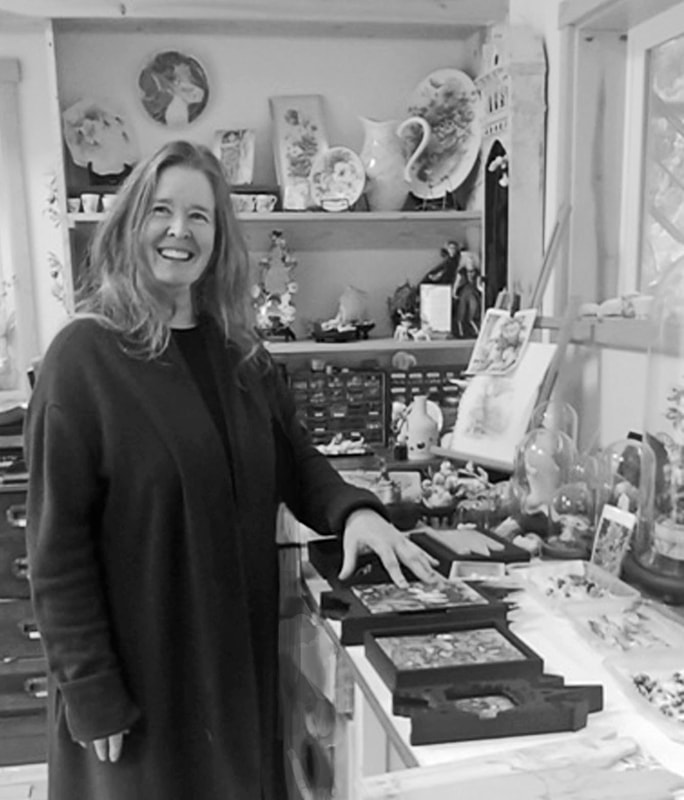|
In my journey to china paint (or Porcelain Painting as some call it) I have learned many things. First china painting is hard! It takes lots and lots of practice. Originating in China with their coveted fine porcelain making, china painting was often very detailed and precious. For hundreds of years, wealthy europeans craved the valuable porcelain pieces from Asia. Attending classes by Nancy Myatt and learning the basics of this art has been a great way to go.. Her kind patience and the encouragement of the other class attendees has really helped. Many classes of this type become very much a social engagement as well, and the students often approach this art as a hobby. When I attended a china painting convention last month I could see it is, unfortunately, a waning art as well. Unless the new generations takes it on, the resources for china painter will continue to dwindle. Once I called it an 'old lady art' in my snooty limited aesthetic (and in the ignorance of the foolish). Yes it could be called that in the sense that its often older folks who have the time to do such detailed work. When I did art on the side I would have struggled to both have the patience and the time to do it. As I create each new piece I find myself greedy for more colors. Unlike other forms of painting where mixing is the encouraged form of creating color, china painting is awash in a huge array of wonderful shades. Names like 'new rose', 'cameo' and 'Alice Blue'. In my obsessive plunge I have accumulated about 85 colors and laid them out like candy on glass sheets. When Painting I just dabble one color or another intuitively onto my porcelain picture. Not having gotten much beyond the 'copy the masters' stage, I can see the color on the original and replicate it onto my piece quite well. My own color preferences(or are they limitations?) lead me to alter the original in my final work. Below is how I lay out my workspace in my grandparents home. It has helped me to design the workspace I hope to have in my new art studio built later this year. I love to work small so it does limit some of the factors a large platter can provide in the form of a canvas background. But I can store all the work easily and it fells like it makes them more precious somehow. Eventually I can see the marrying of my sculpture work in porcelain with more detailed paintings. Not unlike Sergeio Isohov or irina zaytceva. But quite different in their compositions and sculptural detail. The surface of the porcelain has to be pretty smooth in order to make good work. I found myself sanding repeatedly my own porcelain sculpture (its called bisque when unglazed). If the work is glazed, the paint will smooth out over the surface, making painting easier. As I learned last year, the clay I use has to vitrify at a lower temp in order to not cause mildew-a term used in china painting to describe black spots that ruin your painting in the firing process. Below is a study I am working on of Jan Dansk's 'Vase of Flowers'. Its a difficult piece but I love the work and wanted to just try it. It seemed I could get closer to this magnificent artwork by working on my version for several months. Its in its 7th firing (layers of china paint fired onto porcelain) and I am thinking it might be done and ready to be framed. On Left is the study with 3 firings in.....on right it has had 7 layers fired in. Some details had to be omitted since the porcelain disc is only about 10 inches high. The cup above-front and back pictures- was a freehand drawing in china pen oil. The only original art I have done in china painting to date. I purchased all kinds of porcelain ware to practice on.
After the first firing it was fun to just fill in the colors like a coloring book page. Though I don't really want to sell massproduced cups with my painting on them, they are great gifts.
0 Comments
|
All photos and images
on www.loralin.com belong solely to the artist. Copyright 2008-2023, Loralin Toney Archive
January 2024
|
Proudly powered by Weebly











 RSS Feed
RSS Feed